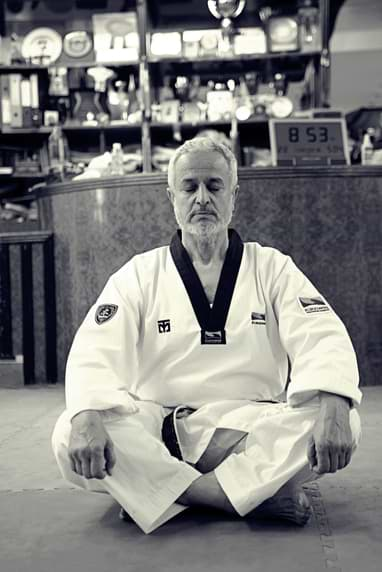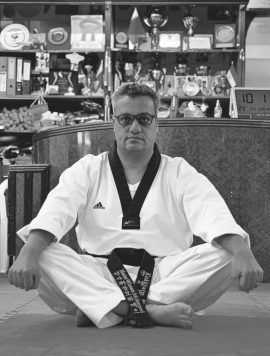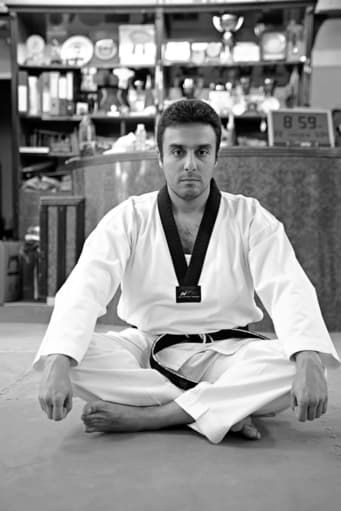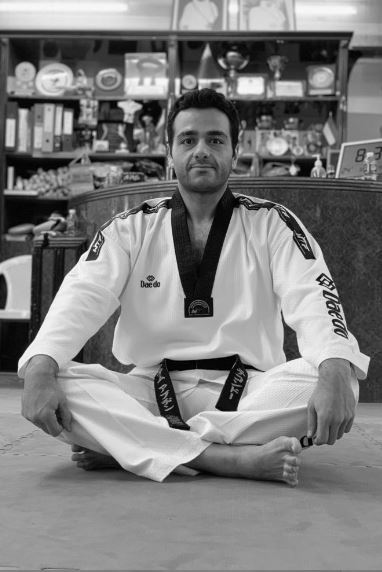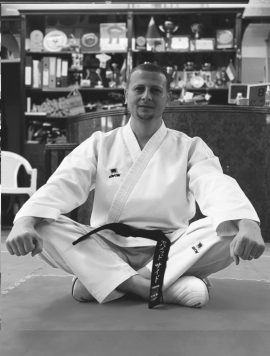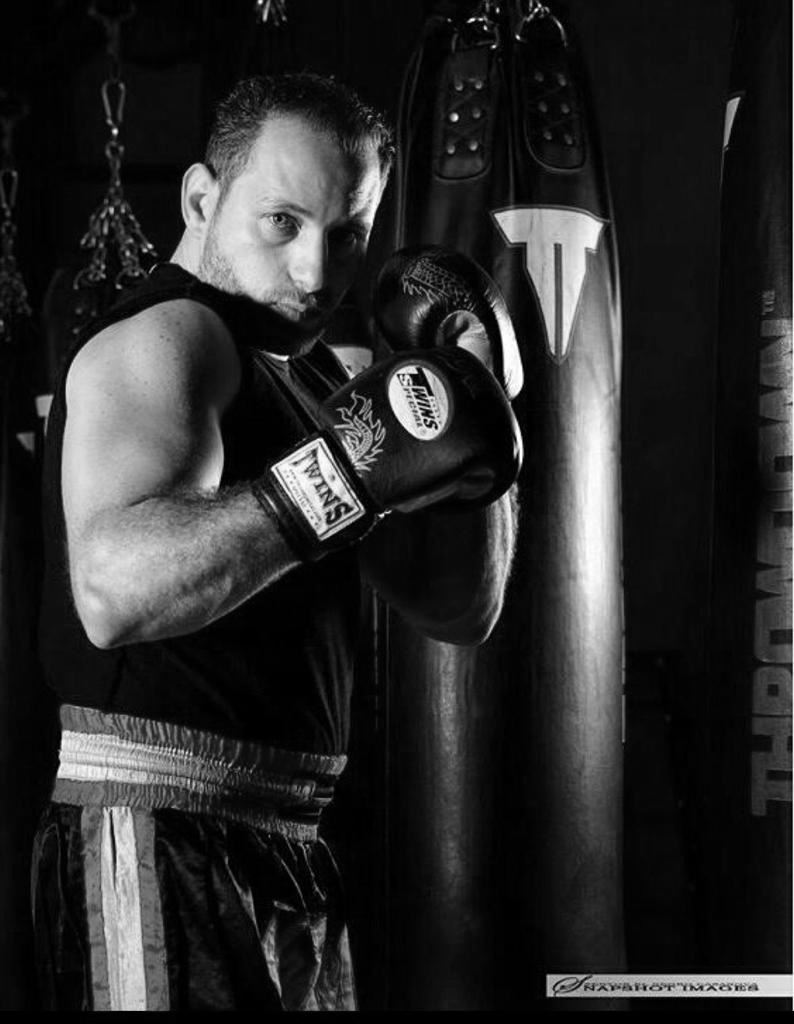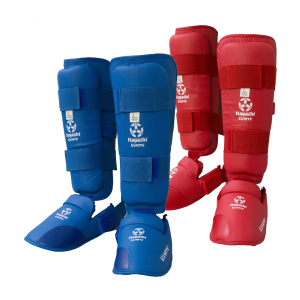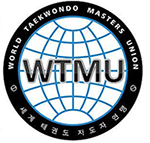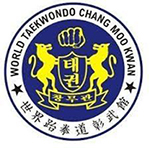Taekwondo
Karate
Kickboxing
Activities
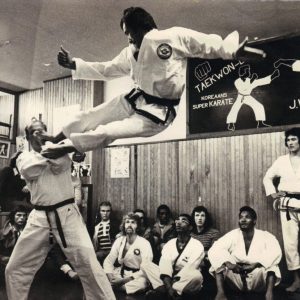
Beginning in 1945, shortly after the end of World War II, new martial arts schools called Kwans opened in Seoul. These schools were established by Korean martial artists with backgrounds in Japanese, Chinese and Korean martial arts. The umbrella term traditional taekwondo typically refers to the martial arts practiced by the Kwans during the 1940s and 1950s, though in reality the term “taekwondo” had not yet been coined at that time, and indeed each Kwan (martial art school) was practicing its own unique style of martial art. During this time taekwondo was also adopted for use by the South Korean military, which increased its popularity among civilian martial arts schools.
After witnessing a martial arts demonstration by the military in 1952, South Korean President Syngman Rhee urged that the martial arts styles of the kwans be merged. Beginning in 1955 the leaders of the kwans began discussing in earnest the possibility of creating a unified style of Korean martial arts. The name Tae Soo Do was used to describe this unified style. This name consists of the hanja 跆 tae “to stomp, trample”, 手 su “hand” and 道 do “way, discipline”.
Choi Hong Hi advocated the use of the name Tae Kwon Do, i.e. replacing su “hand” by 拳 kwon (Revised Romanization: gwon; McCune–Reischauer: kkwŏn) “fist”, the term also used for “martial arts” in Chinese (pinyin quán). The new name was initially slow to catch on among the leaders of the kwans. In 1959 the Korea Taekwondo Association (KTA) was established to facilitate the unification of Korean martial arts. In 1966, Choi broke with the KTA to establish the International Taekwon-Do Federation (ITF) – a separate governing body devoted to institutionalizing his own style of taekwondo…… More
 The history of Okinawan Karate can be traced back to the late 17th century when a ban on weapons was imposed by the samurai rulers of Japan.
The history of Okinawan Karate can be traced back to the late 17th century when a ban on weapons was imposed by the samurai rulers of Japan.The exact evolution of karate history is lost due to the lack of information being written down which is unsurprising when taking into account the strict rules against subjects of the island learning martial arts.
This meant that all training by early masters such as Kanga Tode Sakugawa (pictured) and Sokon ‘Bushi’ Matsumura, had to be done in secret and as weapons could not be carried on the island, self-defence tended to revolve around empty handed techniques.
The earliest surviving written evidence of karate in Okinawa was a mention of the word Tode (the Okinawan name for the art) in the late 1700s. It was in reference to a visitor to the island from China named Kushanku who taught a form of kung fu and may have introduced the first version of the Shotokan kata kanku dai. Tode style blended with the martial arts already being cultivated on the island which was known as Te, meaning ‘hand’.
Te was popular in three cities in particular, Shuri, Naha and Tamarai. Each city had its own way of doing the martial arts and modern day styles reflect this; Shotokan and Shito-ryu are mostly influenced by the style from the city of Shuri, that is Shuri-te, and to a lesser extent Tamarai-te. Goju-ryu on the other hand is more influenced by Naha-te.
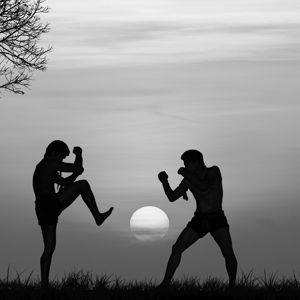 Kickboxing is a Japanese hybrid martial art basically comprising of elements of punching and kicking. It was developed by adapting fighting techniques from Karate, Western boxing, and Muay Thai. It originated in 1960s in Japan and gained practitioners in America during the next ten years. By 1974, its popularity in the United States was symbolized with the first World Championship being held by Professional Karate Association. By the 1990s, with the addition of more ground fighting techniques adapted from Brazilian Jiu-Jitsu, it contributed to the development of Mixed Martial Arts.
Kickboxing is a Japanese hybrid martial art basically comprising of elements of punching and kicking. It was developed by adapting fighting techniques from Karate, Western boxing, and Muay Thai. It originated in 1960s in Japan and gained practitioners in America during the next ten years. By 1974, its popularity in the United States was symbolized with the first World Championship being held by Professional Karate Association. By the 1990s, with the addition of more ground fighting techniques adapted from Brazilian Jiu-Jitsu, it contributed to the development of Mixed Martial Arts.Kickboxing is said to be an evolved version of Thailand’s martial art form Muay Thai. During the 13th and 14th centuries, the Siamese soldiers of Thailand practiced a kind of boxing known as Muay Boran. The martial art continued to develop as a combat system until the 19th century when it was popularized as a form of recreation, self defense, and physical fitness. It also evolved into a kind of sport event with rules and use of safety accessories including gloves. By the 1920s, the style was prominently known as Muay Thai.
Some years later, a Japanese boxing expert Osamu Noguchi came across the art of Muay Thai. He always wanted to develop a kind of fighting technique that had the soul of Karate but allowed full striking. After studying Muay Thai, he merged it with full contact techniques of Karate and boxing, which eventually became what we know today as Kickboxing. A few years later,
the first kickboxing organization, called Kickboxing Association, was formed in Japan. Today kickboxing is being practiced with a number of unique movements all over the globe.


